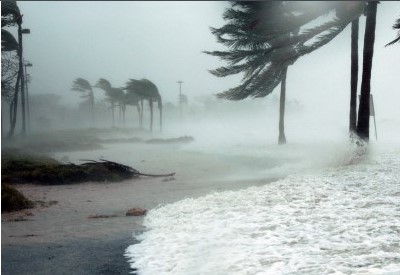
Given the recent natural events occurring throughout the U.S., Association for Linen Management (ALM) has compiled guidelines to ensure linen quality in the aftermath.
“Hurricanes Harvey and Irma have run their devastating courses and the recovery efforts will continue for some time,” said ALM Board President Cindy Molko, RLLD. “To best serve the public, ALM is providing disaster recovery guidance for textiles to ensure laundries, hospitals, nursing homes and hotels have the direction they need. We are happy to provide this information to all interested parties regardless of ALM membership status.”
In ALM’s Disaster Recovery Guidelines you’ll find information that will help you make decisions about your facility and guidelines to aid in ensuring the safety and quality of your textiles.
Following is an excerpt from the Guidelines answering the question – Should Linens Be Reprocessed?
- Any clean linens found to be wet or damp should be reprocessed.
- Clean linens stored in a facility that sustained water damage, but did not lose electricity and ventilation (proper temperature and moisture controls remained in-place), and the linen/textiles remained dry (away from flooding waters): The linens may be used without reprocessing, unless visibly soiled.
- Clean linens stored in a facility that sustained water damage and lost electricity and ventilation for less than 48 hours, and the linen/textiles remained dry: The linen may be used without reprocessing, unless visibly soiled.
- Clean linens stored in a facility that was significantly flooded (>32 square feet in a given space) and lost electricity and ventilation for more than 48 hours: The facility should highly consider reprocessing all clean linen/textiles before patient use, unless packaged/stored in a moisture resistant wrapping, container, or cabinet.
To download ALM’s disaster recovery guidelines, please visit ALMnet.org and sign in.













